Define the difference between:
1) Skin in the game
And
2) Selling your book
Edit
"Selling your book" was wrong and misleading. It should have been "talking your book".
End Edit
Moderator: Dux
Define the difference between:
You are asking me to define the difference between elephants and purple.Bennyonesix1 wrote: ↑Sat Sep 12, 2020 2:33 pmDefine the difference between:
1) Skin in the game
And
2) Selling your book

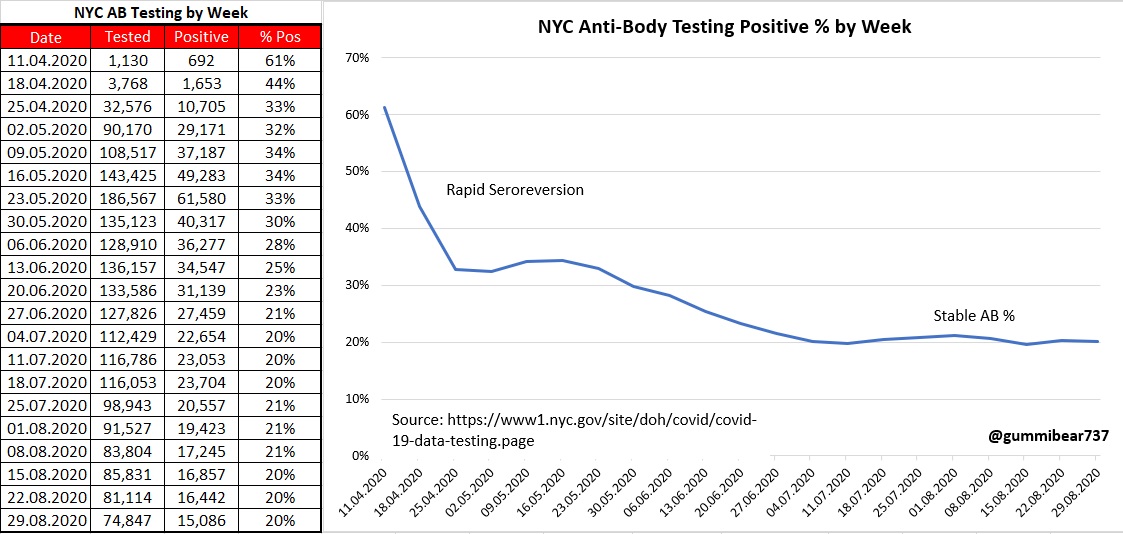

Taleb is one of those guys who have the answer to every fucking question in the world and will make sure his opinion is known. Which doesn't stop him from saying stupid things either. Absence of evidence versus evidence of absence seems to be his trademark shtick, which he stick to every hole.nafod wrote: ↑Sat Sep 12, 2020 1:20 amHe is misunderstood by the majority of the world, in spite of his books.Bennyonesix1 wrote: ↑Sat Sep 12, 2020 1:05 am So, Taleb was and is a notorious covid doomer. See photo of him wearing goggles and an N95 and another mask at same time while on a plane (yet still flying because why?).
Has he disclosed his portfolio and investments in stocks that stood and stand to gain from downside risk from covid?
https://markets.businessinsider.com/amp ... ssion=true
He is a notorious climate model doomer too, in that he argued in the absence of models to confirm things aren't going to be really really bad, we should assume they will be really really bad. Because it is a potential extinction event.


Yeah just not going to take advice from:Sangoma wrote: ↑Tue Sep 15, 2020 1:17 amTaleb is one of those guys who have the answer to every fucking question in the world and will make sure his opinion is known. Which doesn't stop him from saying stupid things either. Absence of evidence versus evidence of absence seems to be his trademark shtick, which he stick to every hole.nafod wrote: ↑Sat Sep 12, 2020 1:20 amHe is misunderstood by the majority of the world, in spite of his books.Bennyonesix1 wrote: ↑Sat Sep 12, 2020 1:05 am So, Taleb was and is a notorious covid doomer. See photo of him wearing goggles and an N95 and another mask at same time while on a plane (yet still flying because why?).
Has he disclosed his portfolio and investments in stocks that stood and stand to gain from downside risk from covid?
https://markets.businessinsider.com/amp ... ssion=true
He is a notorious climate model doomer too, in that he argued in the absence of models to confirm things aren't going to be really really bad, we should assume they will be really really bad. Because it is a potential extinction event.
He is misunderstood by some, but is really well understood by others who are educated enough to see serious flaws in his musings. As always, there are some good things he said and some really stupid. And when you are wrong and arrogant it does not come across well.


As public schools were making plans to reopen in August, errors in the state’s calculations made the COVID-19 outbreak in Texas appear larger than it was, according to new state data released Monday.
On Aug. 11, when the state reported that the percentage of people testing positive for the coronavirus peaked at 24.5 percent, the actual rate was 12.5 percent. The metric fluctuated greatly that month as the state identified and began to work through 800,000 backlogged test results — some dating as far back as March — that state officials had initially missed. They blamed coding mishaps for the oversights.
For most days in August, the positivity rate reported by the state was higher than the actual percent of people testing positive. The updated data — based on a new calculation of the dates that tests were conducted rather than the dates that results were reported by labs to the state — shows a steady downward trend in the positivity rate since July, even as schools have begun reopening.
As of Sept. 13 — a week after Labor Day — the positivity rate stood at 6.71 percent, according to the new data. That is the lowest it has been since the first week of June.
COVID CONTAINMENT: Texas teachers report hundreds of COVID safety violations
Abbott has repeatedly touted the positivity rate as a key metric in his reopening decisions, as it should present a current portrait of the pandemic’s spread. He has previously said that a sustained positivity rate below 10 percent could prompt further reopenings statewide, including reopening bars, which have been closed since late June.
The Department of State Health Services on Monday corrected the way it calculated the positivity rate to offer “the most accurate view of the pandemic’s effect over time,” DSHS wrote in a press release announcing the changes. The influx of backlogged test results last month had exposed flaws in the calculation that relied upon the day that tests were reported, since many old positives flooded the system at once.
Both the new and old figures are computed using seven-day averages. The department is still reporting the positivity rate using the old calculation for comparison purposes.
“These enhancements are part of our continuous effort to improve the information we present,” DSHS commissioner John Hellerstedt said in the release. “As the COVID-19 pandemic evolves, so must the data we share. Our information must provide the clearest possible picture of what is happening now and what has occurred in the past. The trends in this and other data shape our understanding of what to expect in the future.”
The updated computation also indicates that the state data significantly understated the severity of the outbreak from April to July.
The team considered how host bacteria might influence COVID-19 severity. One potential culprit is the lipopolysaccharides (LPS) that bacteria produce, which have been shown to cooperate with other coronaviruses to induce SARS in pigs. It is possible that these LPS molecules join forces with COVID-19 in humans and trigger a chain of events that causes healthy tissue to transform into scarred tissue – as COVID-19 does in the lungs.
“While all of these potential mechanisms can contribute to the severity of COVID-19, we believe that one of them plays the predominant role, and that this must be present not only in obese and diabetic patients, but also in other groups of increased risk in COVID-19,” Scherer explains.
The authors propose that a combined deficiency in ACE2 caused by COVID-19, together with obesity or diabetes, leads to impaired gut barrier function, allowing bacteria and their toxins to leak into the circulation. In the lungs, these bacteria and toxins work with the virus to cause more severe lung injury than either would do alone.
“Our theory is supported by experiments showing that the combination of bacterial and viral infection can lead to a ‘cytokine storm’ – an extreme inflammatory reaction – which is a hallmark of COVID-19”, Scherer concludes. “Moreover, the involvement of viral-bacterial interactions can also explain the increased risk of severe COVID-19 seen in older people, those with heart disease and in some ethnic groups.”
FVCKING SCIENCE. This is the most sensible post in this thread.theoverman wrote: ↑Wed Sep 16, 2020 5:16 pm taleb only pulls like three plates, why would i read black swan

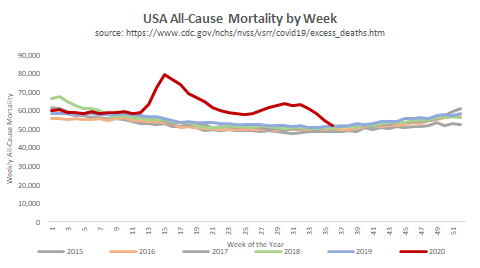
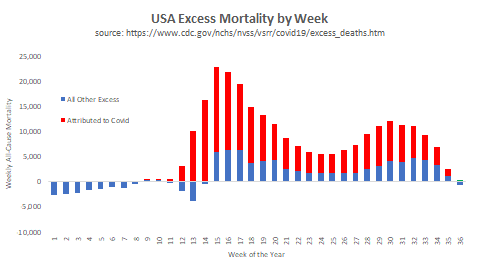

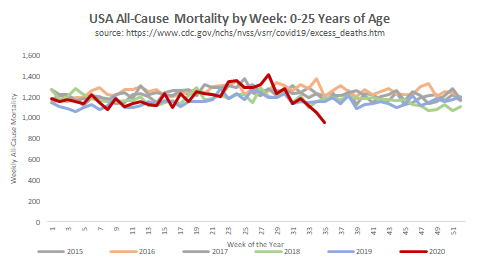
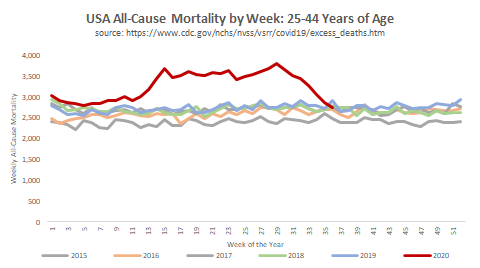
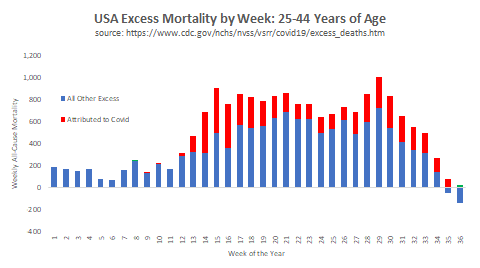
Counting people in hospital with COVID-19
September 15, 2020 by Office of the Chief Statistician | Category Uncategorized
We are changing the way we count people in hospital with confirmed COVID-19 as of 15 September 2020. The new figures are lower than the previous published management information and we have a break in the time series. This blog explains why and how.
Current situation
Every day since mid-March, the Scottish Government has been collecting data on the number of confirmed COVID-19 patients in hospital from across NHS Scotland. This data collection was set up quickly to meet an immediate need to understand the impact this new illness was having on our NHS hospitals. It was important to take a pragmatic approach to this in order to avoid any additional work for hospital staff, so while an approach was defined, local areas adopted the best way to extract this from their information systems.
...
Audit findings
The audit of inpatients identified 384 patients in hospital at 1am on 26 August across Scotland who had previously tested positive for COVID-19.
The majority of these patients (87%) were in hospital for a condition unrelated to COVID-19:
45% were hospital onset cases who were no longer being isolated or treated for COVID-19;
25% had recovered from COVID-19, been discharged and then readmitted for an unrelated condition;
9% had a previous positive COVID-19 test in the community, and were admitted for an unrelated reason
8% had been admitted for COVID-19, had recovered but were still in hospital for other reasons.
The audit showed that 8% of patients were either receiving treatment for COVID-19, were in rehabilitation after their treatment for COVID-19 was completed, or were in hospital for COVID-19 related complications. (5% of patients could not be classified into the above categories.)
...
Comparing the initial data, it’s clear to see the impact of the change. The total number of confirmed COVID-19 inpatients under the previous definition was 262 on Tuesday 15th September while the new definition included 48 patients. Of these, 7 were in ICU on the old basis, and 6 under the new definition. We will no longer collect the data on the original basis.
Defining the measures in this way means that the data can be extracted from local information systems without requiring clinical input. This is a pragmatic solution that will ensure we are better placed to capture the impact of the evolution of the pandemic.
Pretty sure its the opposite. The excess deaths for the year point to an undercount.
Deaths from covid are being overcounted.Schlegel wrote: ↑Thu Sep 17, 2020 10:47 pm It's seeming pretty well established, though no news source is going to admit it, that deaths have been and are being overcounted. No big time journalist is going to admit this officially until after the election, I wager. Wouldn't want to hurt President Harris's chances.